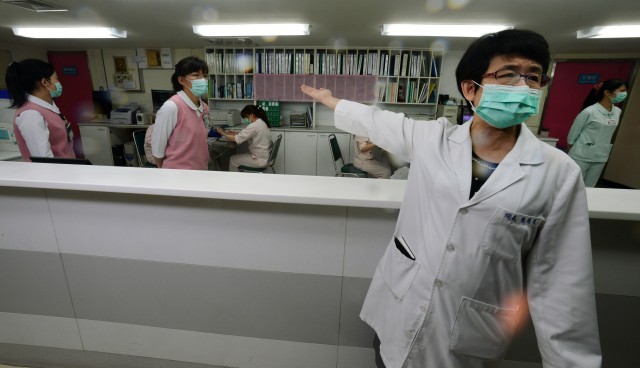
By Brian Lau
In a new analysis, Stanford researchers, in collaboration with others across the country, suggest changes policy makers could address now to save thousands of lives and billions of dollars in the event of a pandemic, such as the one the world saw in 2009 when H1N1 swept around the world.
A new bird flu strain -- H7N9 -- emerged in March, 2013, World Health Organization report 400 deaths since last April, most of them in Asia.
Researchers used data from the 2009 pandemic and the virus characteristics of the H7N9 bird flu in a model to estimate the health and economic consequences. They studied the effect of both vaccination programs and public health initiatives, using different time points during the first 12 months of a simulated severe pandemic in a densely populated metropolitan area.
In 2009, a vaccine was developed and became available 9 months into the pandemic. Researchers found that a shorter time to vaccination -- 6 months instead of 9 -- would avert nearly 6,000 deaths and save $1.9 billion in treatment costs. The study was published in the Annals of Internal Medicine this week.